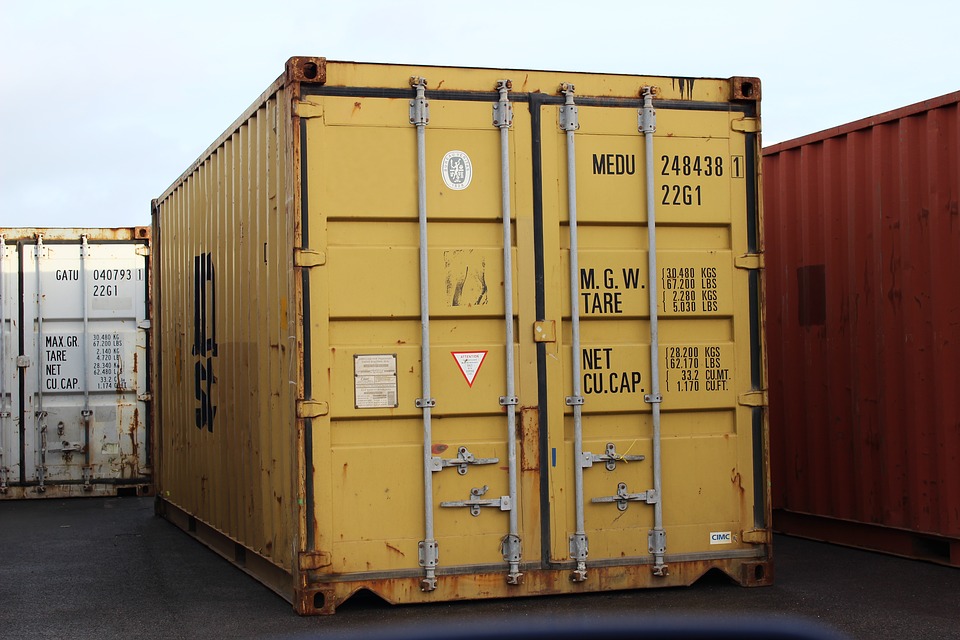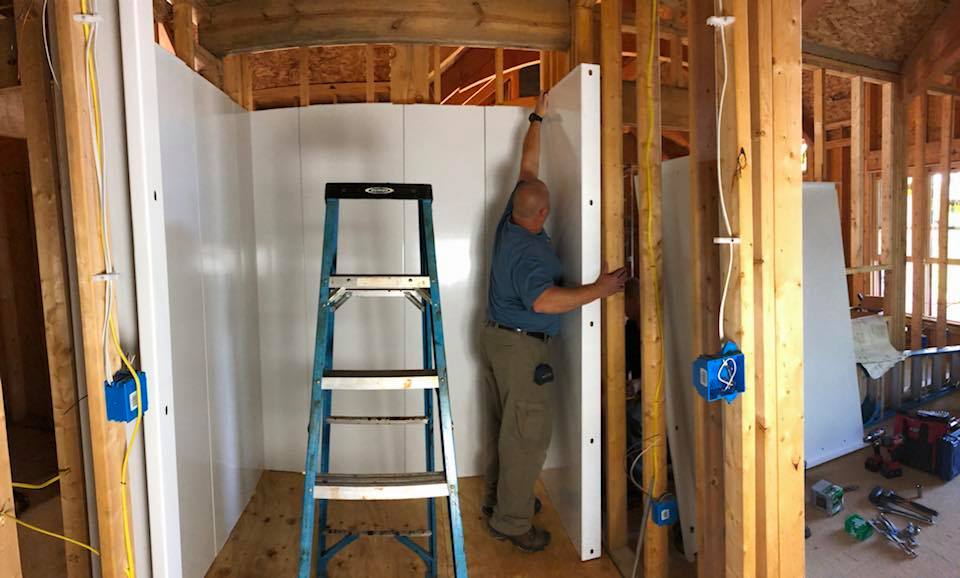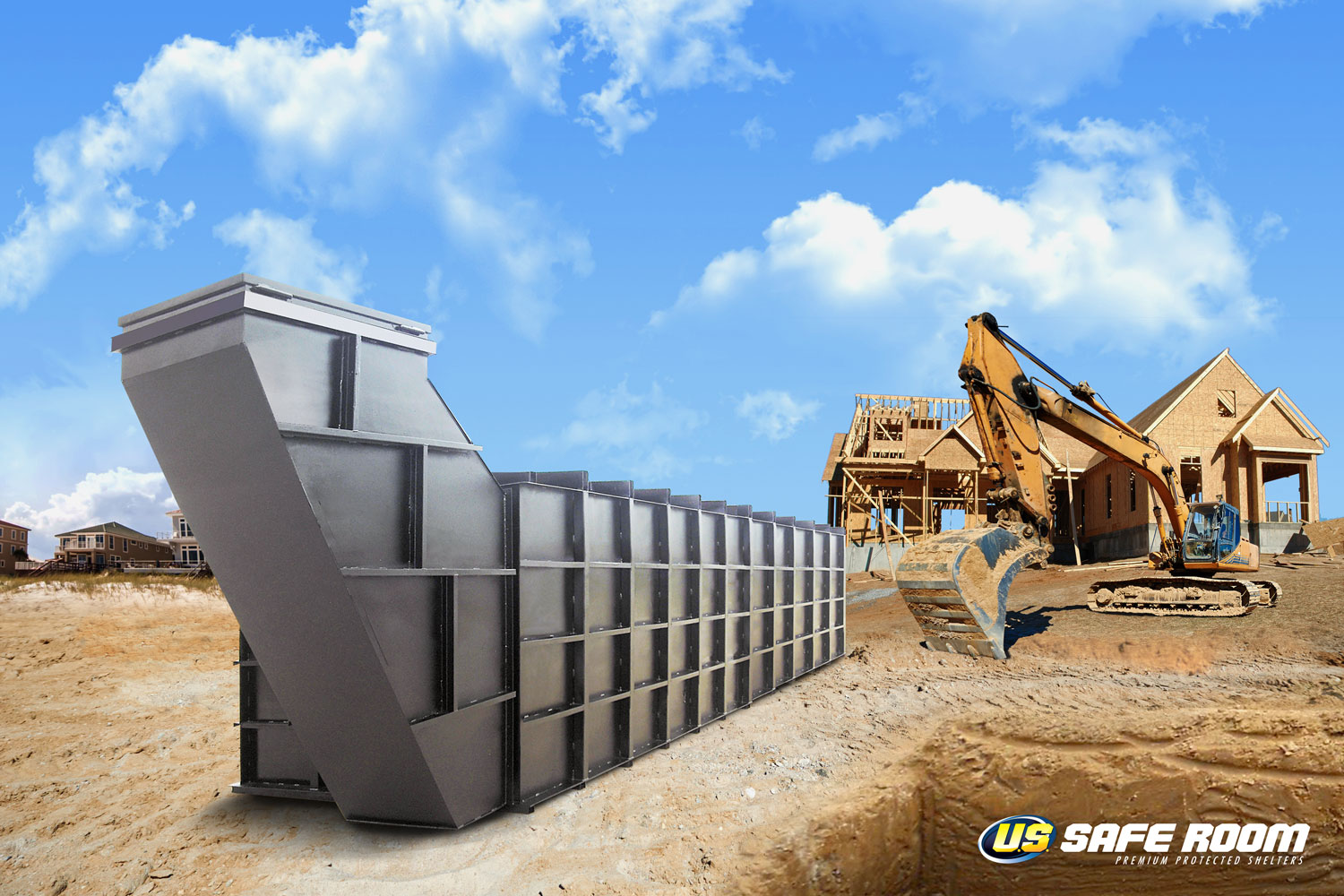When it comes to safeguarding your family and loved ones, you should never settle for second-rate protection. With more than 40 years of metal fabrication experience, we’ve seen countless imitators come and go. And trust us, there are plenty of wannabes in the storm shelter game. Unfortunately, the industry is filled with shady salesmen looking to pander to the frazzled masses for a quick buck. You don’t have to look for these seedy solicitors either. Craig’s List is teeming with second-tier contractors itching at the bit to sale makeshift tornado pods that here haphazardly thrown together. Unlike our bolt-together safe room kits, these storm bunkers imitators were not vetted and tested by the Wind Institute at Texas Tech University.
Your safety in one of these storm bunkers is questionable at best as these sly contractors are all too eager to drop these bullet-shaped pods into the ground in a vain attempt to make easy money. Unlike an aboveground unit from U.S. Safe Room, a dubious knock-off shelter is rarely fastened to the ground or equipped with proper ventilation. By also lacking a secondary escape door, you’re almost guaranteeing your family’s demise in an inferior safe room that will also double as a coffin. Third-party safe room hawkers don’t offer multi-point locking doors either. Our storm bunkers are hand-welded and feature secure multi-point locking doors with many unique door and interior finishing options available. Steel fabrication is also questionable in third-party units. Each U.S. Safe Room tornado shelter or safe room is outfitted with 1/4″ plate steel and can withstand a severe pummeling from both Mother Natures and nefarious criminals.
Most of these independent Craig’s List contractors are unvetted and uninsured. There’s also no guarantee their safe room or bunker will withstand the brutalizing forces of an EF-5 tornado, which can pack windspeeds of up to 250 miles per hour. Customization options with third-party units are also sorely lacking and leave much to be desired.
Avoid the perils of shipping containers

No matter how many times we’ve heard this question, it still sends shivers down our spines. “Can’t I just drop a shipping container into the ground?” Although it might sound more cost effective as opposed to investing in a traditional shelter, cutting corners is sure to end in catastrophe for your family. Structural speaking, while sturdy, shipping containers are not up to the task of withstanding the tremendous pressures of being submerged underground. Invariably, these structures are destined to become crushed once buried.
By design, shipping containers are intended for the safe transport of millions of tons of goods and materials during long sea voyages. Many containers carry product harmless to human health, but many domestic staples, including shoes and furniture, are coated in layers of noxious chemicals that can leave a lasting residue. Other containers transport toxic materials and chemicals themselves. Contact us today to learn more about our proven storm bunkers!
Shipping containers do not have ventilation systems either. “Why?” you might ask? Because they are not designed for live transport or occupation, let alone short-term accommodations. In fact, the National Center for Biotechnology Information estimates that between 10 and 20 percent of all containers arriving in European harbors were shown to contain volatile and poisonous chemicals above normal exposure levels. The list of impairments from exposure to these chemicals include long-term cognitive defects, says the NCBI. Never settle for inferior protection when one of our proven storm bunkers is only a phone call away.
Unlike the ‘big box’ stores, U.S. Safe Room offers customization options for storm bunkers
There’s no one size fits all solution when it comes to protecting your family and loved ones. While you could go bargain hunting in finding suitable protection from one of the ‘Big Box’ stores, you would be hard pressed to find a storm shelter that fits the majority of your needs. Safe rooms should not come in cookie-cutter stylings. Your family’s needs are far too diverse and important. What might work for one family or company won’t suit the demands of another.







